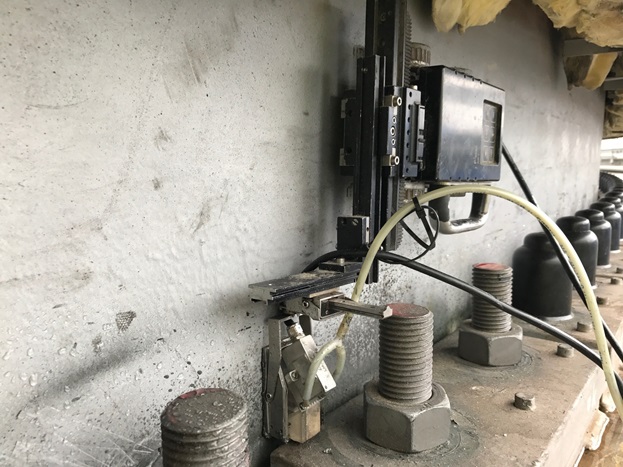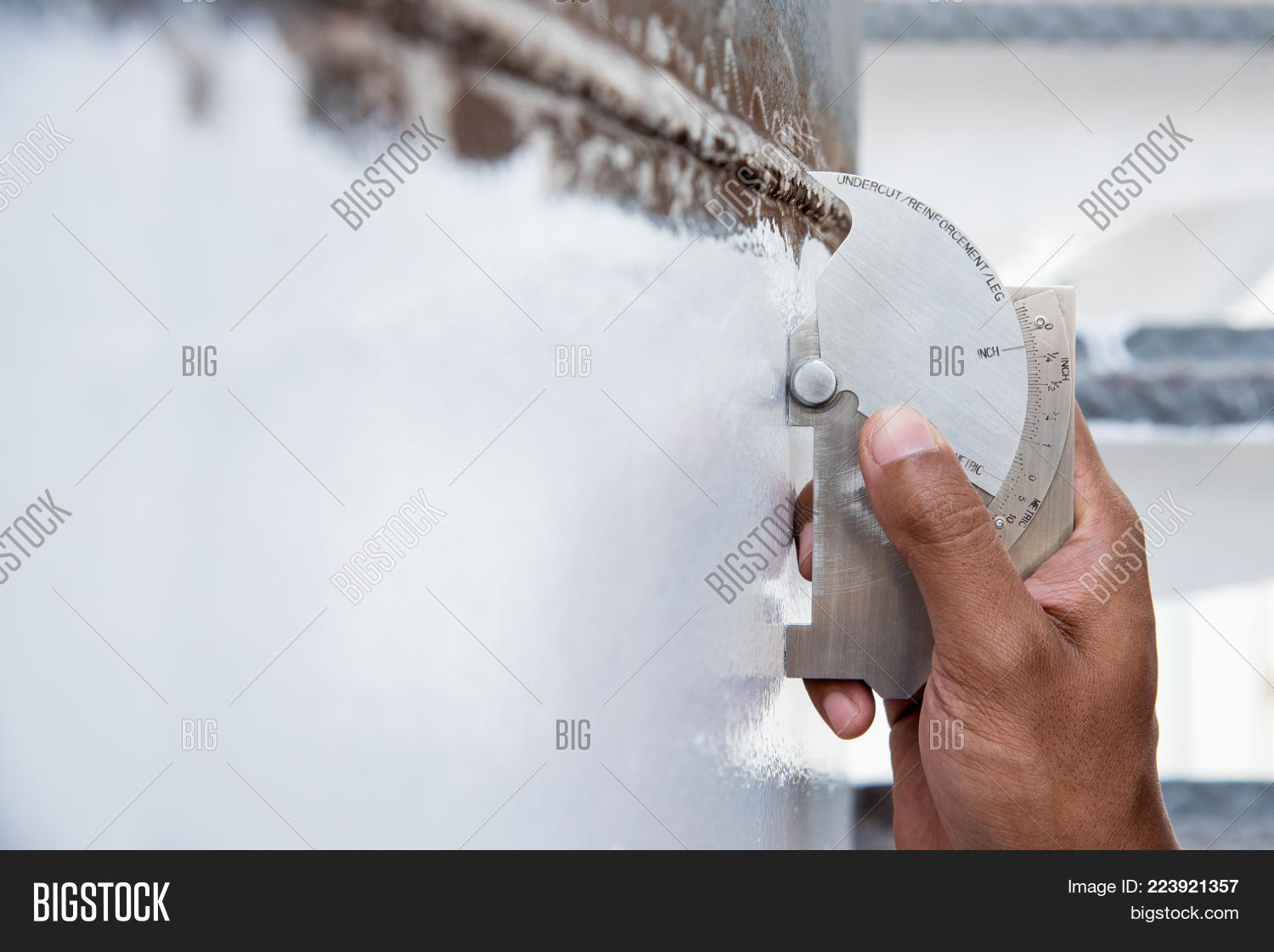Comprehensive Guide to Tank Welding Inspection for Security and Quality
Wiki Article
The Essential Role of Container Welding Inspection in Ensuring Structural Integrity and Safety And Security Compliance in Industrial Applications
In the world of industrial applications, tank welding evaluation arises as a pivotal element in safeguarding architectural honesty and guaranteeing compliance with safety guidelines. Using a combination of techniques such as aesthetic evaluations and advanced screening techniques, these examinations serve to identify and minimize prospective flaws prior to they escalate right into considerable dangers. The ramifications of these practices extend beyond simple regulatory adherence; they essentially effect functional effectiveness and property long life. Nonetheless, the complexities surrounding the assessment procedure trigger a closer exam of its approaches and outcomes, exposing layers of relevance that benefit further exploration.Relevance of Container Welding Examination

Ensuring conformity with market standards and regulations is another substantial aspect of tank welding assessment. Regulative bodies mandate stringent standards for the building and upkeep of storage space tanks, and detailed evaluations aid organizations follow these requirements. Non-compliance can lead to severe fines, including fines and shutdowns, further stressing the requirement for rigorous examination methods.
In addition, storage tank welding evaluation plays a crucial duty in preserving functional effectiveness. In recap, the relevance of container welding examination exists in its capability to protect public health, shield the environment, and ensure conformity with governing frameworks.
Key Examination Strategies
Reliable container welding examination depends on a selection of vital techniques that make certain complete evaluation of weld top quality and structural stability. Among the most common techniques are aesthetic inspection, ultrasonic testing, radiographic testing, and magnetic fragment testing - Tank Welding Inspection. Each approach provides one-of-a-kind benefits in assessing different aspects of the weld
Visual examination acts as the first line of protection, allowing inspectors to recognize surface area flaws, abnormalities, or disparities in the weld grain. Ultrasonic testing employs high-frequency audio waves to find inner flaws, such as cracks or spaces, giving a thorough analysis of weld honesty. This method is especially efficient in identifying issues that might not be noticeable externally.
Radiographic screening utilizes X-rays or gamma rays to generate pictures of the welds, exposing interior discontinuities and giving a long-term document for future referral. This strategy is highly efficient for important applications where the risk of failing need to be lessened.
Last but not least, magnetic fragment testing is used to identify surface area and near-surface issues in ferromagnetic materials. By using magnetic fields and fine iron bits, assessors can determine gaps that could jeopardize the structural honesty of the tank. Together, these strategies develop a durable structure for guaranteeing high-quality welds in commercial applications.
Compliance With Safety And Security Standards

Normal examinations play an essential duty in making sure conformity by determining possible failures or variances from suggested standards. Assessors are educated to review weld high quality, validate material requirements, and analyze the general structural stability of tanks. Their expertise is vital in making sure that welding procedures meet the needed safety and security standards.
Furthermore, conformity with security requirements not just safeguards employees however additionally safeguards the setting from potential threats such as leakages or tragic failures. Organizations that focus on safety compliance are better positioned to reduce threats, improve functional performance, and cultivate a society of safety and security within their workforce. In summary, keeping strenuous conformity with safety and security requirements is essential for the successful operation of tank welding activities in commercial setups.
Advantages of Regular Evaluations
Routine inspections are indispensable to keeping the architectural integrity and security of welded storage tanks. These evaluations offer a methodical strategy to identifying prospective problems or weak points in the welds, making certain that any kind of concerns are resolved prior to they intensify right into considerable failings. By carrying out routine analyses, organizations can spot corrosion, tiredness, and various other types of degeneration that may compromise storage tank performance.Additionally, regular assessments add to conformity with sector policies and standards. Complying with these guidelines not only mitigates legal threats yet additionally boosts the organization's credibility for security and integrity. Regular examinations cultivate a proactive safety and security culture, urging employees to acknowledge and prioritize the significance of devices stability.

Study and Real-World Applications
Situation studies and real-world applications highlight the concrete effect of reliable container welding go to website evaluation techniques. One significant instance is a big petrochemical facility that dealt with significant functional interruptions as a result of leaks in storage space containers. Following the implementation of rigorous welding evaluation protocols, including aesthetic and ultrasonic testing, the center recognized crucial flaws in weld seams that can have resulted in catastrophic failures. This positive method not only blog here avoided environmental hazards however additionally saved the business millions in potential cleanup prices and regulatory penalties.In a similar way, a water treatment plant implemented a thorough inspection program for its container welding operations - Tank Welding Inspection. By including non-destructive screening approaches, the plant was able to find very early signs of corrosion and exhaustion in weld joints. This prompt treatment prolonged the life expectancy of the containers and made certain conformity with security laws, thus securing public wellness
These study emphasize the relevance of routine and systematic storage tank welding evaluations. By focusing on these techniques, markets can minimize dangers, enhance architectural stability, and make sure conformity with safety and security requirements, eventually leading to enhanced functional effectiveness and lowered liabilities.

Final Thought
To conclude, container welding inspection read this article is a crucial element of preserving structural honesty and safety and security in industrial applications. Using various inspection techniques makes sure very early detection of possible problems, therefore stopping disastrous failures. Adherence to safety criteria better enhances functional reliability and compliance with regulatory needs. Inevitably, normal examinations not only protect public health and the environment however likewise add to the durability and performance of essential properties, emphasizing the essential duty of this method in commercial procedures.Report this wiki page